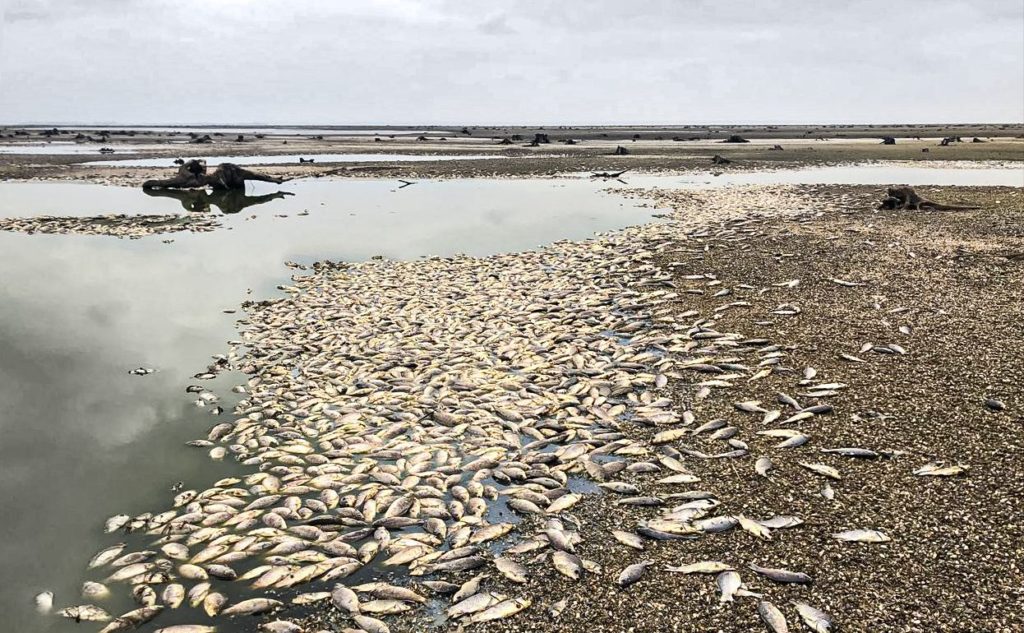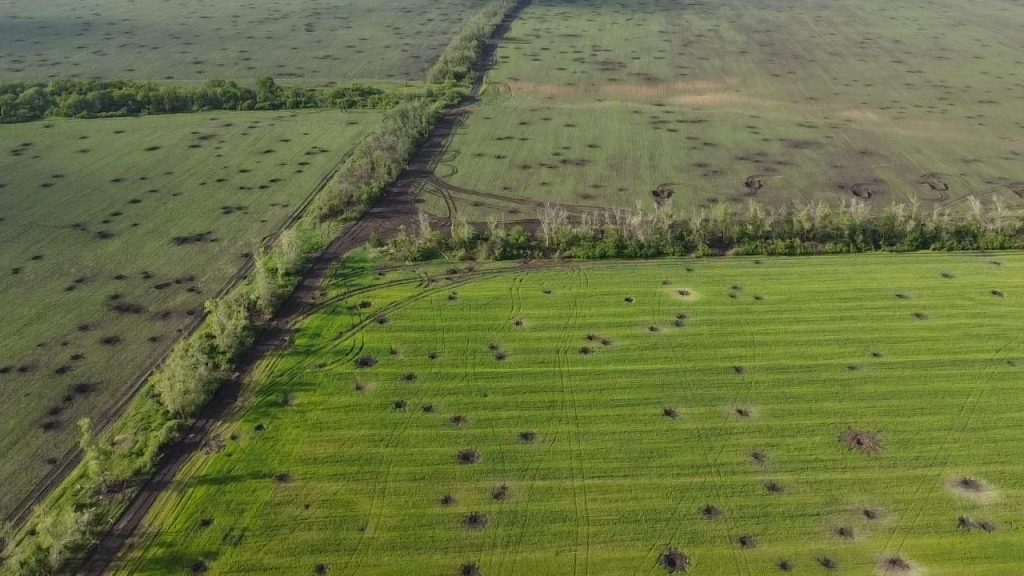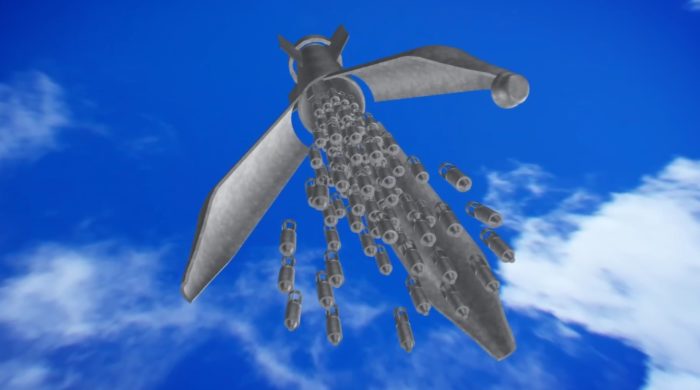Ukraine's Ministry of Environmental Protection and Natural Resources reports extensive harm to the country's protected natural areas and biodiversity as a result of Russia's ongoing military invasion. According to the ministry's latest data, over 20% of Ukraine's natural reserves have now been impacted by the war.
Specifically, 812 facilities across the protected reserve network totaling 900,000 hectares have been damaged.
Further, 2.9 million hectares of Ukraine's Smarahdova Network territories - conservation areas under European Union and Council of Europe legislation - are now under threat. This represents 160 different sites that are part of the continent-wide ecological network.
Among the Smarahdova Network zones at risk are 17 internationally recognized Ramsar wetlands, designated for their unique biodiversity. Disturbingly, two wetlands - the Arkhipelah Velyki ta Mali Kuchuhury (Archipelago of Big and Small Kuchuhury) and the Zaplava Sim Maiakiv (Seven Mayaks Floodplain) - have already been virtually destroyed.
In the Dzharylhatsk National Park, the most valuable 1,588-hectare steppe reserve zone has been completely obliterated. Populations of plant and animal species listed in Ukraine's Red Book and the European Red List of Threatened Species have also been negatively impacted across the country.
On 6 June 2023, the occupying Russian Federation forces destroyed
the Kakhovka hydroelectric power plant dam, unleashing massive flooding downstream on Kherson City and multiple other towns and villages as the large Kakhovka Reservoir drained away. The act of dam destruction qualifies as a war crime and could also be regarded as ecocide. Ukraine’s Interior Minister Ihor Klymenko stated that the Kakhovka HPP is beyond restoration as 11 sections of its dam were destroyed.
Later, Ukraine’s Cabinet of Ministers and the UN assessed the damages from the Kakhovka Hydroelectric Power Plant (HPP) destruction to be over $11 billion, with the energy and housing sectors suffering the most significant direct damage.

With many areas still enduring ongoing combat operations and others awaiting demining, officials say the full extent of the damage remains unknown. However, the ministry states that the number of affected reserves and total area damaged will likely continue growing.
For now, 514 protected areas spanning 800,000 hectares remain under Russian occupation. Further intensifying the wartime threat to Ukraine's ecosystems and natural resources could have lasting consequences for the country's prosperity and development.
Marking the International Day for Preventing the Exploitation of the Environment in War and Armed Conflict, Ukraine's Ministry of Environmental Protection vowed to continue efforts with partners like WWF-Ukraine to restore the nation's ecological stability. The ministry urged anyone committed to preserving biodiversity to support Ukraine as it works to recover from the war's devastating impacts.
Ukraine's Ministry of Reintegration reported
that Russia has committed 2,500 environmental crimes since the beginning of the full-scale invasion of Ukraine in February 2022. According to the Ministry of Reintegration, each day of the war costs Ukraine approximately 120 million euros (over $127) in damages.
According to the analysis conducted by the NGO “Forest Initiatives and Society,” Russia destroyed 5,000 hectares of forests in the occupied territories in 2023. It reaches more than 12 thousand hectares of forest in the de-occupied territories.
The damage caused by the Russian war to Ukrainian forests over the past year at $4 billion, the NGO reported.
Read also:
- Evidence of Russian war crimes in Ukraine submitted to German prosecutors
- Ukraine receives USD 3,5 million for flood relief efforts after Kakhovka dam destruction
- 31 civilians died following Russia’s destruction of the Kakhovka dam
- Zelenskyy meets Greta Thunberg in Kyiv to address the war’s effect on ecology





